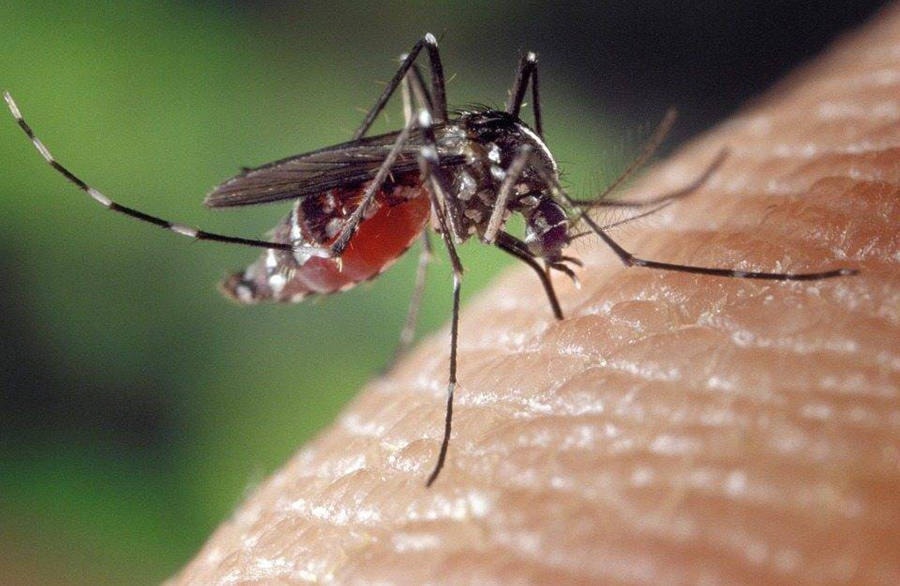It’s been a summer of bugs for people in Saratoga and Miracle Beach, as the residents have been battling an invasion of mosquitoes.
Curtis Scoville, chair of the Saratoga and Miracle Beach Residents’ Association (SAMBRA), says for some residents the problem has already been around for a few years.
“We’ve started to experience a new breed of mosquito in the community, particularly in the last three years,” he says.
What is different now is the area in question has expanded to affect more properties, with Scoville getting more emails and phone calls about the mosquitoes this summer. The reports also started coming in earlier than usual this summer, around late June or early July for some property owners.
“What I was hearing was two or three weeks earlier than last summer,” he says.
RELATED STORY: Saratoga Beach mosquitoes difficult to control
He has been hearing from affected residents that this mosquito is not indigenous to the area. He likens it to the situation Kye Bay faced a few years earlier. At that point, Comox and the Comox Valley Regional District (CVRD) collaborated to address the breeding habitat situation for the insects.
“It seems to be the same species of mosquitoes,” Scoville says. “It’s a small, very light-coloured, very aggressive mosquito.”
These ones like to hide in grass, he adds, waiting to attack, making it more miserable for residents.
“Whether it’s wet weather or dry weather, they’re there,” he says.
Scoville says he understands the regional district does not currently have a service to address this kind of pest, meaning no way to tax or allocate staff resources. The most that can be done is through its parks budget if there is a park nearby. However, mosquitoes do not seem to be going away, and many people have already tried the recommended steps to reduce insect populations.
“We’d like to keep it on the radar,” he says. “We’d like to know the regional district is sharing information with other stakeholders.”
SAMBRA, he adds, does have some resources available through a CVRD grant-in-aid, but he does not think anyone is looking for another expensive study into the issue.
The CVRD includes an information page on its website outlining the situation for mosquito control, including measures to remove standing waters. It notes there is no confirmed presence of West Nile virus on Vancouver Island.
It also points out no spraying has occurred within the last 10 years. When asked about biological controls such as bacillus thuringiensis israelensis (Bti), the CVRD sent a response: “Bti is a biological larvicide that targets all species of aquatic flies. Many flies are food for other animals such as dragonflies, bats amphibians and fish. Up until this year, mosquitoes did not pass the threshold of being considered a nuisance, so Bti was not investigated as a solution. Instead, the CVRD elected to install bat boxes in Driftwood Marine Park, which have a bat population in them to help reduce mosquitoes in the area.”
Tim Ennis, co-ordinator with the North Island chapter of the B.C. Community Bat Program, says it’s not as simple as putting up a bat box.
There are many considerations, including the type of bat. He also points out timing is important. If someone erects a bat box this time of year, they are not likely to be successful, as bats here are getting ready to migrate south or hibernate. Spring is the time the bats will be looking for new spaces.
Still, Ennis thinks a program could help attract bats to reduce mosquitoes in the Saratoga and Miracle Beach area.
“If that’s where the concern is and people want to encourage bats in that zone, bat boxes are an important part of that equation,” he says.
mike.chouinard@comoxvalleyrecord.com
Like us on Facebook and follow us on Twitter.
